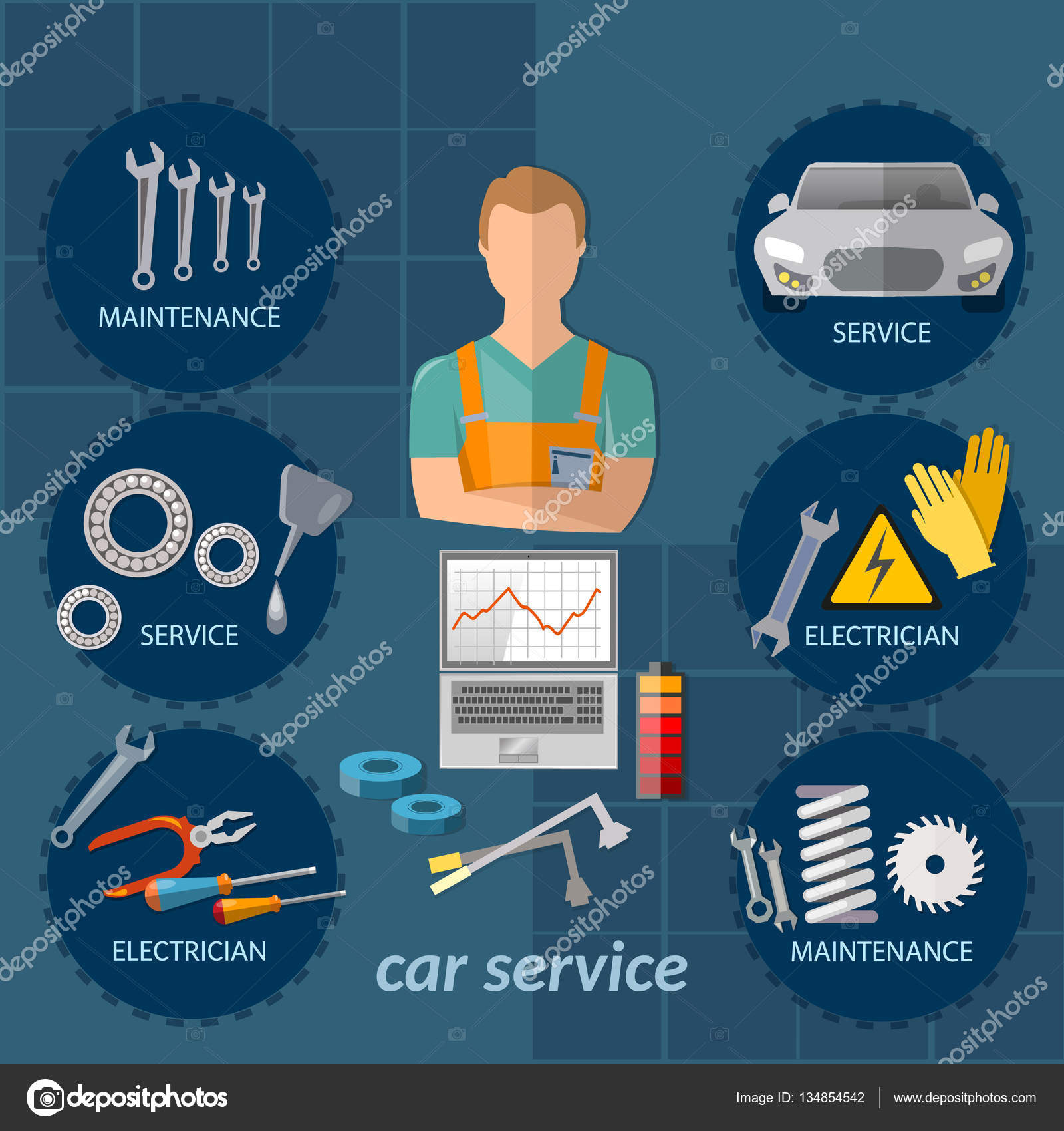Interpreting Your Car'S Alert Lights: Their Real Ramifications
Interpreting Your Car'S Alert Lights: Their Real Ramifications
Blog Article
Authored By-Lauritsen Gilbert
When you lag the wheel, those glowing warning lights on your control panel can be a bit perplexing. Do you know what they're attempting to tell you about your vehicle's health? Recognizing the importance of these lights is essential for your safety and security and the durability of your vehicle. So, the next time one of those lights appears, would not you intend to analyze its message properly and take the necessary actions to resolve it?
Common Warning Lights and Interpretations
Identify typical caution lights in your car and comprehend their significances to make sure secure driving.
One of the most typical warning lights consist of the check engine light, which indicates issues with the engine or exhausts system. If this light comes on, it's vital to have your car examined quickly.
The oil pressure alerting light indicates low oil stress, calling for immediate focus to avoid engine damages.
A blinking battery light could suggest a faulty billing system, potentially leaving you stranded otherwise addressed.
The tire pressure monitoring system (TPMS) light alerts you to reduced tire stress, influencing automobile security and fuel efficiency. Ignoring this can bring about dangerous driving conditions.
The abdominal light shows a trouble with the anti-lock stopping system, compromising your capability to stop quickly in emergency situations.
Last but not least, the coolant temperature level advising light warns of engine getting too hot, which can cause serious damages otherwise settled swiftly.
Recognizing these usual caution lights will certainly assist you resolve issues promptly and preserve risk-free driving problems.
Relevance of Prompt Attention
Recognizing the typical caution lights in your cars and truck is just the very first step; the importance of promptly resolving these cautions can't be highlighted sufficient to guarantee your security on the road.
When a caution light illuminates on your control panel, it's your automobile's means of connecting a potential issue that needs interest. Overlooking https://brakeservice51738.izrablog.com/31772355/required-equipment-for-every-single-car-repair-service-company-to-run-effectively can result in more extreme issues in the future, compromising your safety and security and possibly costing you much more in repairs.
Trigger interest to warning lights can protect against malfunctions and mishaps. For instance, a flashing check engine light might indicate a misfire that, if left neglected, could create damage to the catalytic converter. Addressing this quickly can conserve you from a pricey repair service.
Likewise, a brake system cautioning light could indicate low brake liquid or worn brake pads, important parts for your safety when driving.
Do It Yourself Troubleshooting Tips
If you observe a caution light on your dashboard, there are a couple of DIY repairing tips you can try prior to seeking expert assistance.
The very first step is to consult your vehicle's manual to recognize what the particular caution light indicates. Often the issue can be as easy as a loosened gas cap setting off the check engine light. Tightening up Learn Even more might solve the problem.
clean car interior is a reduced battery, which can cause numerous cautioning lights. Examining the battery connections for corrosion and ensuring they're protected might repair the trouble.
If a warning light continues, you can try resetting it by detaching the car's battery for a few minutes and then reconnecting it. Furthermore, inspecting your lorry's liquid levels, such as oil, coolant, and brake liquid, can assist fix warning lights associated with these systems.
Verdict
Finally, recognizing your vehicle's caution lights is vital for keeping your vehicle running smoothly and securely. By without delay attending to these signals and recognizing what they indicate, you can avoid expensive repairs and possible failures.
Remember to consult your car's guidebook for specific details on each warning light and do something about it appropriately to guarantee a trouble-free driving experience.
Stay educated, remain risk-free on the road!
